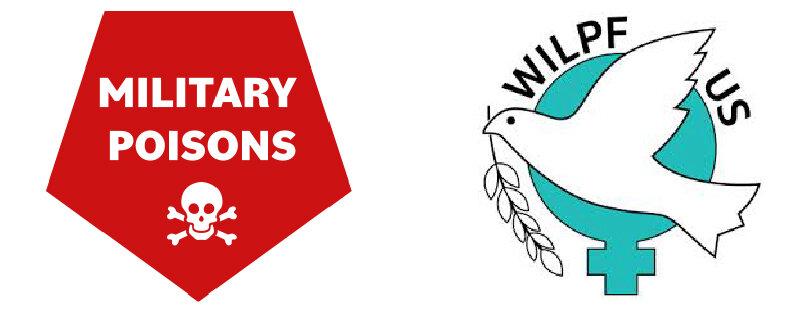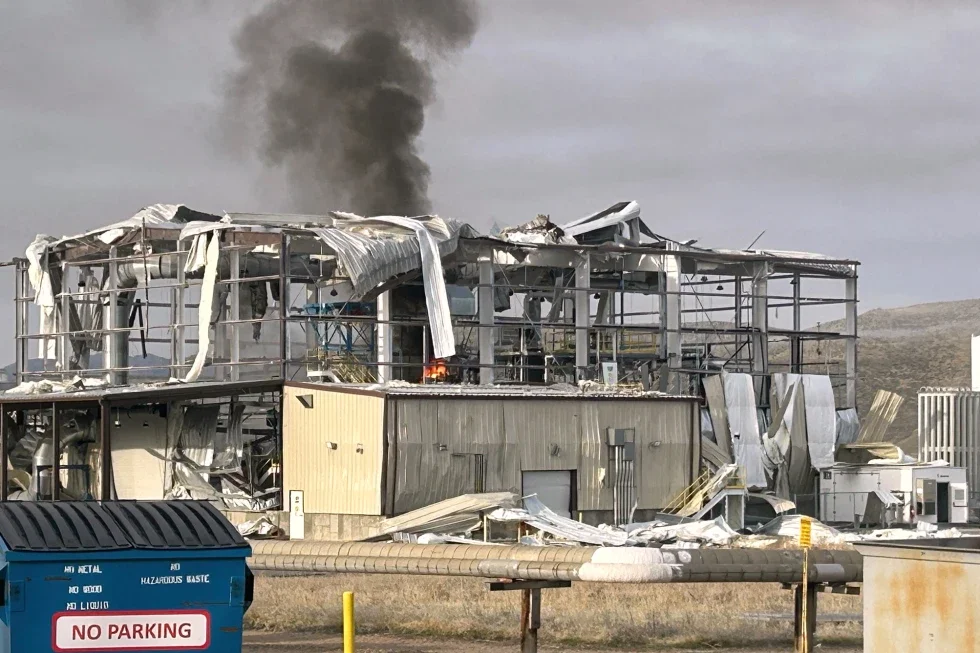Rio Rancho NM fears a repeat of Promontory, UT solid rocket motor complex explosion.
Opposition to Castelion Corporation’s proposal to build a new solid-rocket-motor plant in Rio Rancho, New Mexico grows.
This photo provided by the Box Elder County Sheriff’s Office, Utah, shows the wreckage from an explosion at Northrop Grumman’s rocket testing site on April 16, 2025, in Promontory, Utah.
On the morning of April 16, 2025, a powerful explosion tore through a building at Northrop Grumman’s solid-rocket-motor complex in Promontory, Utah, leveling the structure and sending a shock wave across Box Elder County. The company reported that the building produced an ingredient used in rocket-motor propellant rather than completed motors, yet the blast was strong enough to destroy the facility completely.
Only one minor injury was reported. The cause of the explosion remains under investigation by Northrop Grumman and local authorities, and may be investigated forever. They know waht happened. The incident occurred within one of the largest and most sophisticated solid-rocket-manufacturing campuses in the United States.
The Promontory accident illustrates the inherent dangers of solid-propellant work even in a remote, tightly controlled industrial setting. Handling oxidizers, metal fuels, and energetic binders on an industrial scale has repeatedly led to catastrophic failures at similar facilities nationwide.
For communities like those in Sandoval County, where Castelion Corporation proposes a new solid-rocket-motor plant, the Promontory explosion is a sobering reminder that even with rigorous safeguards and modern engineering controls, absolute safety can never be guaranteed when working with such incredibly volatile materials
<photo>
Elaine Cimino is a Rio Rancho, New Mexico-based community advocate involved in organizing opposition to the Project Ranger facility proposed by Castelion Corporation. She reached out for help.
Project Ranger is the code name for a proposed $119.8 million hypersonic missile and solid-rocket-motor manufacturing and testing facility planned by Castelion on the West Mesa near Rio Rancho, New Mexico. The project is supported by the City of Rio Rancho, Sandoval County, the State of New Mexico, and the United States of America.
The plant would produce propulsion systems and related components for advanced U.S. space-based military programs.
The track record for these sorts of ventures – from Promontory, Utah to the Indian Head Naval Surface Warfare Center in my Maryland is ugly. The chief culprit is highly toxic Ammonium Perchlorate.
Elaine writes, “New Mexico residents have been denied a full Environmental Impact Statement under the National Environmental Policy Act (NEPA), public disclosure of hazardous materials, and an independent health risk assessment.”
Elaine and others are organizing community and legal support to confront Project Ranger
What we need:
1. Names of scientists/engineers who can explain—in clear, non-jargon terms—what large rocket motors and static firings do: noise, overpressure, particulate/chemical releases, vibration, and typical waste streams (including firefighting foams and wash-down).
2. Is it possible that Castelion will be using PFAS? There’s no simple answer here. The group would appreciate leads on PFAS-focused toxicologists and water folks who’ve worked near DoD/NASA/contractor test ranges, and any plain-language primers or papers we can share with non-technical audiences.
3. Any model community fact sheets or expert declarations that translate these impacts for nearby families, schools, livestock, wildlife, and groundwater.
Static firings and acceptance tests can involve extreme sound/overpressure, fugitive dust and metal/oxide particulates, unburned propellant by-products, wash-down water, and (often) AFFF or other foams with PFAS.
Elaine is warning the community, “Even when operators promise ‘no open-air detonations’ or ‘limited testing,’ communities near similar facilities have later faced permit expansions or ‘temporary’ variances that normalize repeated test windows. We want to ground our warnings in solid science and case studies, not just fears.”

